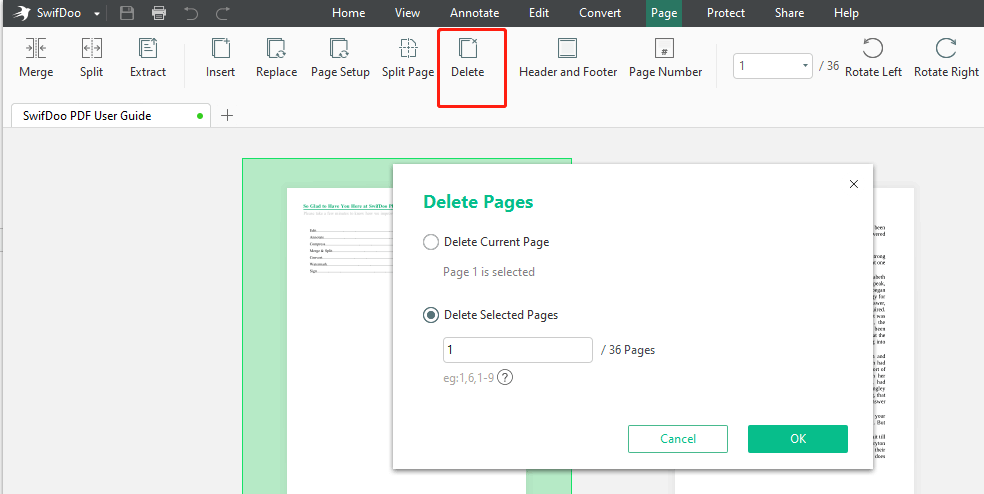In the context of calculus, a partial derivative is an operation that is applied to differentiate a multivariable function with respect to one single variable at a time. What would you actually do when you get two different variables in a function? Well, it seems like something giant but it is not! You need to differentiate the function with respect to the first variable by keeping the other one constant. But It does not end here.
This article contains basic tricks and formulas to determine the slope in three-dimensional analysis by using partial derivatives.
Stay focused!
How To Work For Slope In Three Dimensions?
In mathematical analysis, usually partial derivatives are considered as the slopes of the traces in a 3D system.
For example:
At a particular point (a, b), the trace of the function f(x, y) has a partial derivative slope for ‘y = b’ as fx(a, b).
You can use an online partial derivative calculator to determine the partial derivative of a function with respect to a certain variable with which you wish to determine it.
Steps To Measure Slop:
You can use a partial derivative to measure the rate of change in a three-dimensional coordinate system. Just suppose you have a function z = f(x, y) of two variables x and y as a surface and lying in a three-dimensional system. Now if you imagine then the given function may seem like a roof of the house. Walking parallel to the y-axis may raise or fall your height.
In short, changing the value of y will cause a change in the z value. But when you walk parallel with the x-axis, your altitude remains the same by having no effect on z. So the partial derivative is given as follows:
$$ \frac{\partial z}{\partial y} = 1 $$ (Slope of y-axis)
You could have think that:
$$ \frac{\partial z}{\partial x} = 0 $$ (Slope of x-axis)
From the above equations, we come across the fact that the slope in a three-dimensional coordinate system can be determined using the process of partial differentiation. Moreover, an online partial derivative calculator makes it possible for you to determine the partial derivative of any function instantly and accurately.
How To Do Partial Differentiation?
To make the idea clear, let us solve an example:
Suppose we have the following function:
$$ f\left(x, y\right) = 2x + 5y – 9 $$
The partial derivative of this function with respect to x will be 2 and 5 if it is taken with respect to y.
Using Differentiation Calculator For Slopes:
The free and easy-to-use partial derivative calculator is exclusively programmed to determine the slope of any function whether in a 2D or 3D coordinate system. Anxious about taking advantage of the opportunity? Go ahead!
· All you need to do is just write your 2D or 3D function in the menu bar
· Select the variable with respect to which you wish to calculate the slope of the function.
· Hit the calculate button
· The free partial derivative determines the slope of the function most accurately.
Conclusion:
In optimization problems, there exists a vast use of partial derivatives to measure slope in a three-dimensional system. Apart from the manual calculations that are considerably tough, the use of partial derivative calculators is adopted by professional scholars and pupils to solve complex problems. But sticking to that is not enough at all! You must be capable of working for slopes in a coordinate system by hand that is very crucial in becoming a professional mathematician for in true means.








